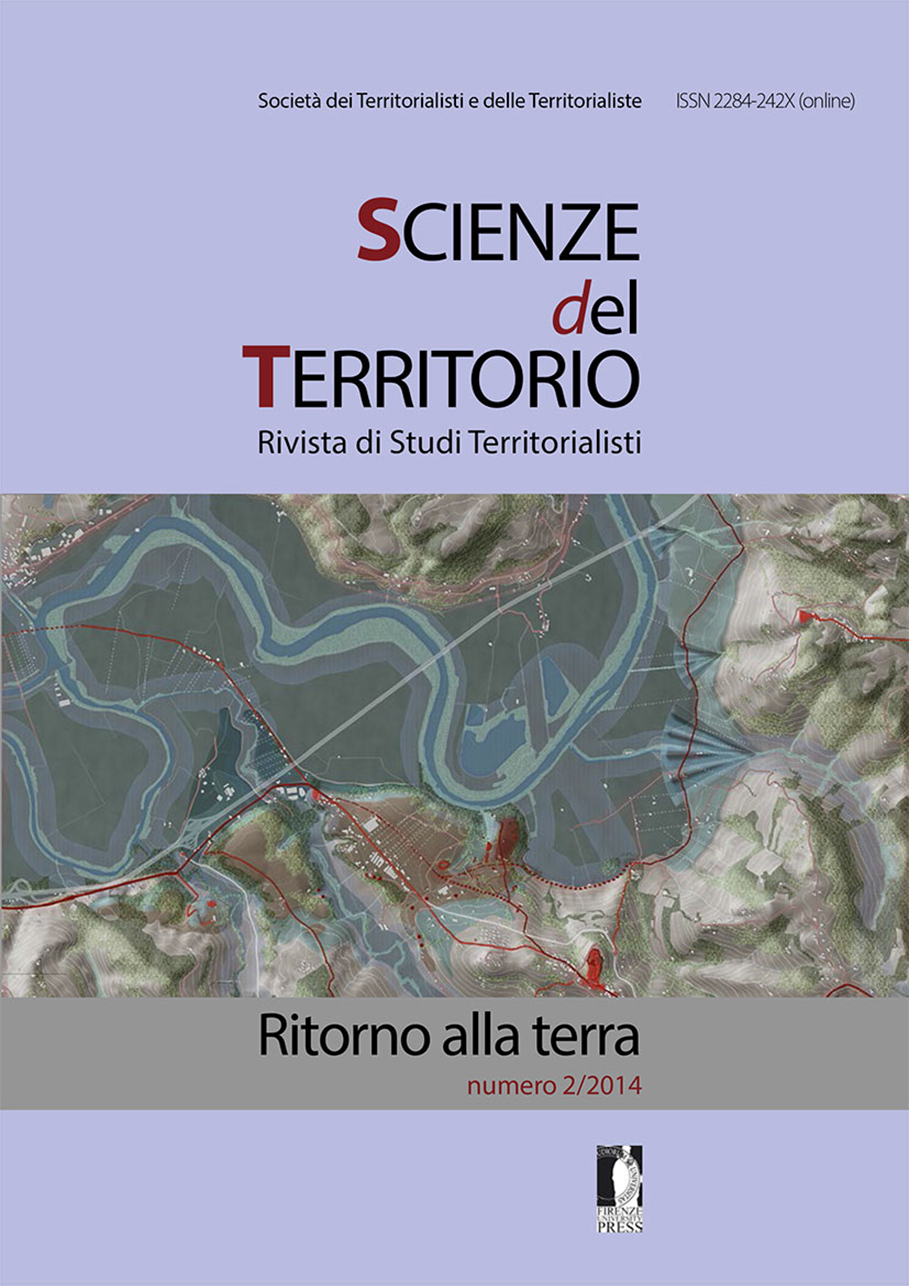Published 2014-04-13
Keywords
- tradition/innovation,
- urban agriculture,
- new urban cultures,
- neo-rurals
How to Cite
Abstract
We know that agriculture in towns, or in areas close to them, is not new. Since nineteenth century onward, practices of urban agriculture have always been observed with different roles and goals. Today, such a return to earth takes on the shape of a real ‘urban phenomenon’, both because urban agriculture seems to consolidate, and because it appears to be characterized by purely urban cultures. In fact, a double urbanity is emerging, one related to places, in town, where agriculture is practiced (orchards, community or neighborhood gardens, etc.), the other related to the populations, typically urban, who move elsewhere, in areas close to the city or in the countryside, adopting innovative processes learned in the city. Starting from the different interpretations of this return to the earth, this article aims to explore the ways in which agricultural practices occur; it is indisputable that the cultivation of urban and suburban areas is becoming an instrument for the reorganization of a new system in which “green infrastructure” counts as a field of critical reformulation where new emerging forms of rurality are coming out, reshaping the relationship between tradition and modernity, city and countryside , urban and rural, up to reorganize those between production and consumption.


